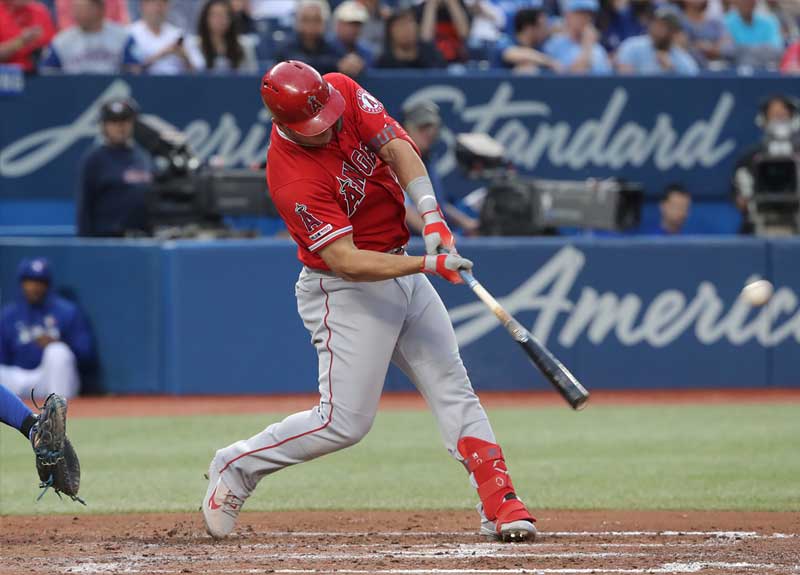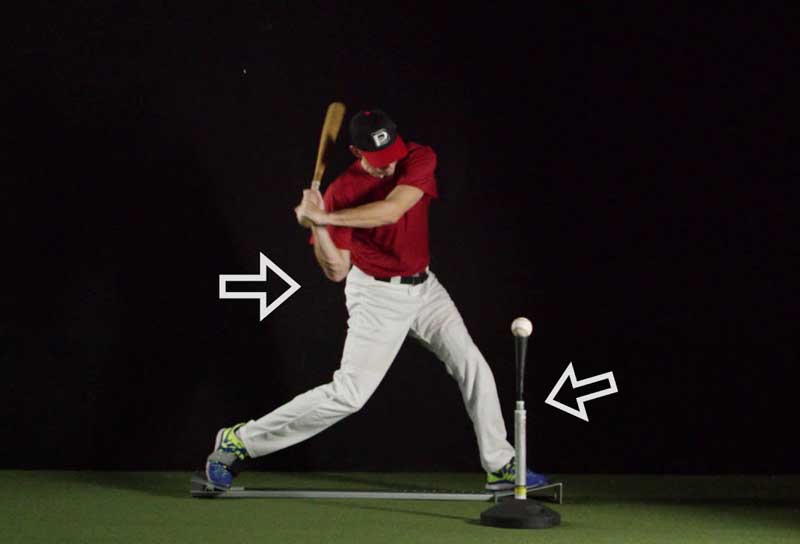In the world of baseball, the pitcher-batter showdown is the heartbeat of the game. The dynamics of each at-bat, filled with strategic maneuvers and split-second decisions, often determine the outcome of the match. One intriguing aspect of this duel is the mastery of inside pitching and hitting. It’s a realm where finesse meets power, and where the ability to handle inside pitches can be the difference between victory and defeat on the diamond.
Stance and Setup:
- To effectively hit inside pitches in baseball, it’s crucial to start with a well-balanced stance in the batter’s box. Your stance should be comfortable yet ready to react quickly. Stand with your feet shoulder-width apart, and position yourself slightly closer to the plate. This closer stance allows you to cover the inside part of the plate better, while still maintaining the ability to react to pitches on the outer edge.
- Additionally, consider slightly opening your front foot. This slight opening provides a better line of sight to the inside part of the plate, helping you anticipate inside pitches. However, be mindful not to open up too much, as this can make you vulnerable to outside pitches.
Quick Hands:

- Hitting an inside pitch requires lightning-fast hands. The key is to be prepared to react as soon as you recognize that the pitch is headed inside. Keep your hands close to your body, near your rear shoulder. This position minimizes the distance your hands need to travel to get the barrel of the bat to the ball, increasing your chances of making solid contact.
- Developing quick hands involves regular practice and drills specifically designed to improve your reaction time. These drills might include using a pitching machine or a coach to throw inside pitches at various speeds and locations, forcing you to adjust and react quickly.
Recognize the Pitch:
- Hitting inside pitches starts with pitch recognition. Pay meticulous attention to the pitcher’s release point and arm angle. The earlier you can identify the pitch and its trajectory, the more time you have to prepare for it.
- Train your eyes to pick up visual cues, such as the spin and movement of the ball. Distinguish between fastballs and breaking balls, as they require slightly different approaches. Fastballs demand quick reactions, while breaking balls may require a split-second longer to track their movement.
Shorten Your Swing:
- A compact and efficient swing is paramount when facing inside pitches. Focus on eliminating any unnecessary movements in your swing. The goal is to get the barrel of the bat to the ball as quickly as possible.
- A shortened swing path allows you to cover the inside part of the plate effectively. Your swing should be a controlled explosion of power, generated from your legs and core, rather than a long, sweeping motion that leaves you vulnerable to inside pitches.
Stay Inside the Ball:
- Hitting inside pitches effectively requires making contact slightly deeper in the strike zone. This means you should aim to meet the ball closer to your body rather than reaching out for it. By keeping your hands close to your body and staying “inside” the ball’s path, you can drive it with power and accuracy.
- Visualize your swing path as a direct line from your rear shoulder to the point of contact with the ball. This mental image can help you consistently make solid contact on inside pitches.
Adjust Your Bat Angle:

- Fine-tuning your bat angle is crucial when dealing with inside pitches. Tilt the top hand of your bat slightly downward and the bottom hand slightly upward. This adjustment creates a subtle tilt in your bat angle, which allows you to get on top of inside pitches.
- The result is a better chance of hitting the ball squarely and avoiding the common mistake of fouling off inside pitches or popping them up. This technique is especially valuable against fastballs that tend to rise as they approach the plate.
Practice Drills:
- To truly excel at hitting inside pitches, incorporate focused drills into your practice routine. Work with a coach or teammate who can throw inside pitches at varying speeds and locations. Repetition is key to improving your ability to handle inside pitches effectively.
- Consider using a pitching machine set to throw inside pitches, giving you the opportunity to practice in a controlled environment. These drills should simulate real-game scenarios and help you build muscle memory for reacting to inside pitches.
Mental Toughness:

- Maintaining mental composure is just as important as physical technique when hitting inside pitches. Stay confident and maintain a positive mindset, even if you’ve had difficulty with inside pitches in the past.
- Trust in your abilities and training. Confidence can go a long way in helping you approach each inside pitch with the belief that you can handle it. Remember, hitting is as much a mental game as it is physical.
Plate Discipline:
- Part of successfully hitting inside pitches is knowing when to swing and when to lay off. Avoid swinging at inside pitches that are too far inside or out of the strike zone. Recognize that you have the right to protect your space in the batter’s box.
- Develop a keen sense of plate discipline to determine whether an inside pitch is hittable or not. This judgment comes with experience and a keen eye for pitch location.
Video Analysis:
- To refine your approach to inside pitches, record your at-bats and review the footage. Analyze your swing, footwork, and reactions to inside pitches. Look for any flaws or areas for improvement.
- Video analysis provides valuable feedback and allows you to track your progress over time. It can be a powerful tool for making necessary adjustments and enhancing your overall hitting skills.
